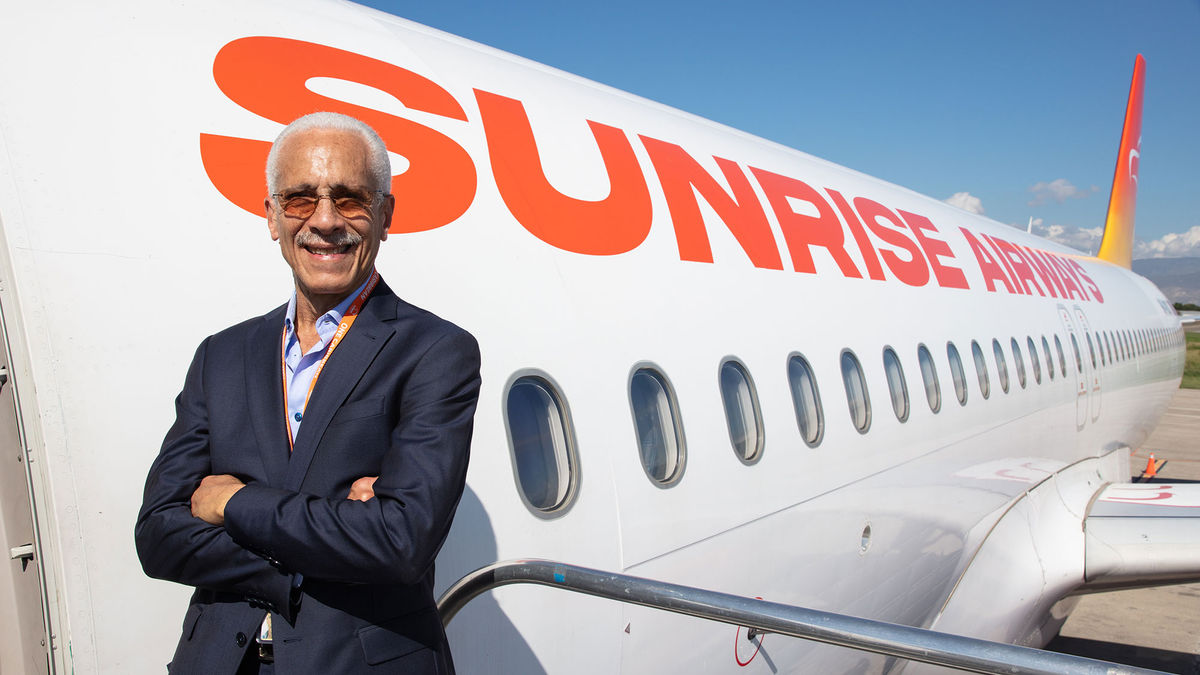Travel across the Caribbean could be on the brink of transformation, with 2025 loaded with the potential to become a breakthrough year for interisland tourism. Long-standing challenges, such as costly flights, inconvenient layovers and limited routes that have long been the bulwarks for the region’s aviation industry present obstacles. But there is growing optimism that increased connectivity will unlock new opportunities for both international and Caribbean travelers to explore neighboring islands, unlocking the potential to make the Caribbean even more of a multi-destination player.
Nicola Madden-Greig, outgoing president of the Caribbean Hotel & Tourism Association (CHTA), emphasized that airlift remains a critical issue for Caribbean tourism expansion. “Adequate airlift at a price point is a huge challenge,” she said. “We’re seeing that coming down in real-time. We’ve been working with regional airlines, and they have definitely been putting more connectivity between the islands.”
Airlines such as InterCaribbean, Cayman Airways and Caribbean Airlines are expanding their networks, while Bahamas Air is looking to enter the Jamaica market. These moves are aimed at improving the overall ease of travel and making it more appealing for both regional and long-haul travelers to visit multiple islands.
Madden-Greig pointed out the untapped potential of positioning the Caribbean as a multidestination region much like Europe. She recently helped organize a fam trip that included Barbados, St. Lucia, Jamaica and the Cayman Islands as a way to showcase the potential and connectivity within the region.
“We haven’t positioned the Caribbean that way before, especially for long-haul travelers. But even for near-shore, why not? There’s absolutely a different look and feel, energy, culture and cuisine that varies per destination,” she noted. This diversity of experiences, from flat islands to mountainous terrains, is something that regional tourism officials are striving to better communicate to consumers and travel advisors alike.
Significant challenges remain
Despite the positive strides, Claudio Buncamper, COO of Sunrise Airways, highlighted that interisland travel still faces significant hurdles. “Travel has been extremely difficult and is still difficult even though there are multiple airlines in the Caribbean,” he admitted. One of Sunrise Airways’ core goals is to streamline travel and minimize the need for overnight stays in hub cities.
“For me to get to St. Vincent from St. Maarten, I have to overnight in Trinidad. That is one of our goals — how can we connect passengers in one day?” Buncamper said.
Sunrise Airways has already begun expanding its reach, launching new routes from Antigua, Dominica, St. Kitts and St. Lucia, with further plans to add destinations like Grenada, St. Vincent and Tortola by the end of this year.
While new routes are being introduced, Buncamper acknowledged the complexity of the Caribbean aviation landscape.
“The reality is that shorter flights are usually more expensive to operate,” he said, citing high taxes as a significant burden. In some cases, with different governments all levying their own taxes on flights, it can account for as much as 60% of a ticket’s price; it’s a factor that has made interisland travel prohibitively expensive for many. Nevertheless, Buncamper is hopeful that Sunrise’s growth partnerships with other regional carriers will help overcome these barriers, offering more seamless, one-ticket journeys across multiple islands.
Steve Bennett, co-founder of Uncommon Caribbean, also weighed in on the importance of reducing taxes and simplifying travel within the region.
“It’s ridiculous from a tax standpoint,” he said. “We shoot ourselves in the foot as a region. We don’t do enough to give ourselves a competitive advantage or stimulate inter-regional economic activity.”
He stressed that reducing air travel taxes and introducing open-skies agreements could significantly boost multi-island tourism. Bennett pointed out that while ferries operate in the Windward Islands (Dominica, St. Lucia, St. Vincent and the Grenadines, Martinique, Grenada), there is still a lack of accessible and affordable northbound routes for travelers.
Despite the hurdles, the outlook for 2025 remains bright. Airlines like InterCaribbean, Winair and the new LIAT 2020 are all launching or expanding regional service, with plans to increase both the number of routes and flights available between islands. However, the true test of success will be whether ticket prices can be brought down to levels that make interisland travel feasible for the average Caribbean resident and tourist.
As Madden-Greig noted, “There’s a lot happening in the space to make it easier.” With increased cooperation between airlines, tourism boards and governments, 2025 has major potential for making exploring multiple Caribbean islands not only possible but also convenient and affordable.
“The one problem that has happened and is still a challenge is that many airlines believe they can do it themselves,” said Buncamper. “They feel that they will conquer the Caribbean themselves, and in the last 50 years, you cannot count on your fingers the amount of airlines that failed. There is a lot of potential. But it has to be done well. My vision is I see it only working with partnerships.”











